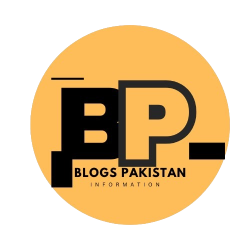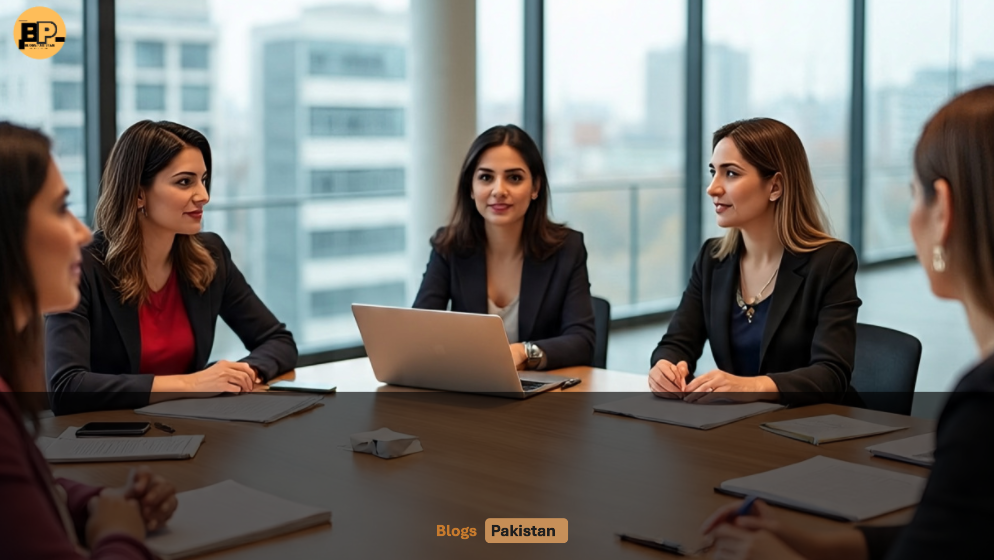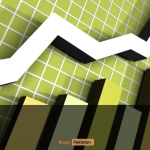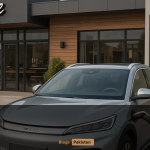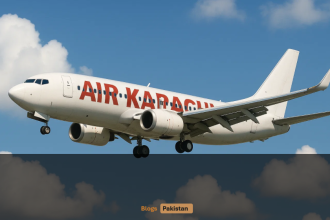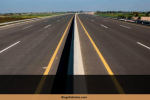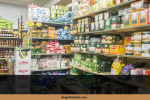ADB : A Pakistan where women not only break the glass ceiling, but also own the building! Sounds like a far-fetched dream? Not anymore. Thanks to a landmark agreement between Pakistan and the Asian Development Bank (ADB), this vision is inching closer to reality. The new Women Inclusive Finance Sector Programme is not just about numbers and loans—it’s about shaking up centuries-old norms and empowering Pakistani women to lead, create, and transform the economy. So, what exactly is this programme, and why is everyone talking about it? Let’s decode the deal, one punchline at a time.
A Big Fat Cheque with a Purpose
Let’s talk money first because, let’s face it, that’s what gets everyone’s attention. The Asian Development Bank is lending a whopping 350milliontoPakistanunderthisprogramme.It’ssplitintotwomainbites:a350milliontoPakistanunderthisprogramme.It’ssplitintotwomainbites:a300 million policy-based loan (fancy talk for “let’s change some rules”) and a $50 million intermediary loan (more like, “let’s get the ball rolling”).
This isn’t just another loan; it’s an investment in dreams, ambitions, and—most importantly—Pakistan’s women.
What’s Cooking in the Women Inclusive Finance Sector Programme?
The Main Ingredients:
- Opportunities for Women in Business: From corner shops to tech startups, this programme is all about making it easier for women to take charge.
- Better Employment Prospects: No more “office boys” ruling the roost. The plan aims for more women in leadership, mainstream jobs, and even roles traditionally seen as ‘for men’.
- Economic Empowerment: When women earn, everyone wins—families, communities, and the nation.
Who Signed What?
Representing Pakistan in this financial handshake was Additional Secretary Sabina Qureshi, while ADB’s Project Leader Dinesh Raj Shivakoti put pen to paper on behalf of the Asian Development Bank. In other words, the deal was sealed, signed, and hopefully about to be delivered—straight to the women who need it most.
Why Is Women’s Financial Inclusion a Big Deal? ADB
Let’s be real: despite all the progress, women in Pakistan (and much of South Asia) still face challenges in accessing finance. Fewer bank accounts, even fewer loans, and hardly any seats at the decision-making table.
Here’s why this needs to change—and fast:
- Economic Growth: Studies show that countries where more women work and own businesses see faster economic growth. It’s not magic—it’s mathematics.
- Social Progress: Financial inclusion helps women gain autonomy and make life choices, from education to healthcare.
- Breaking Stereotypes: When women succeed in business, they inspire generations to follow.
ADB’s Ongoing Love Affair with Pakistan: Not Just a One-Time Fling
This isn’t the first time ADB has handed over a big cheque to Pakistan. Earlier this month, a $300 million “Improved Resource Mobilisation and Utilization Reform Program” loan agreement was signed. (Yes, we agree, the name could be catchier.)
Dr. Kazim Niaz (Secretary, Economic Affairs Division) and Ms. Emma Fan (Country Director, ADB Pakistan) were seen shaking hands and beaming at the event. The message? ADB is betting big on Pakistan’s stability and growth.
What Will Change on the Ground?
Here’s the million-dollar (okay, $350 million) question.
- More Loans for Women Entrepreneurs: No more getting turned down at banks or facing judgmental stares. Special products and services will make it easier for women to access credit.
- Training & Capacity Building: It’s not just about giving money; it’s about teaching how to use it wisely. Workshops, mentorship, and financial literacy programs are part of the package.
- Changing Attitudes: With more women in the workforce and business, stereotypes will slowly fade. Imagine seeing more women riding motorbikes, running shops, or heading multinationals.
The Challenges: Not All That Glitters Is Gold
Let’s not sugarcoat it: change won’t happen overnight.
- Cultural Hurdles: Deeply ingrained societal attitudes may still hold women back.
- Bureaucratic Delays: Paperwork has a knack for taking ages in this part of the world.
- Skill Gaps: Many women, especially in rural areas, lack the training to utilize these funds effectively.
But hey, every journey starts with a single step—and this programme is more like a leap!
How Can Women Apply or Get Involved?
While the nitty-gritty details are still being finalized, here’s what we know so far:
- Stay Tuned to State Bank and ADB Updates: Both institutions will roll out detailed guidelines soon.
- Local Banks Will Play a Key Role: Expect partnerships with commercial banks to make these loans accessible.
- NGOs May Offer Training: Watch out for local NGOs and women’s organizations running workshops in your city or village.
Why the Whole Region Is Watching (Yes, India Too)
This isn’t just about Pakistan. India and other South Asian nations are keeping a close eye on how this experiment unfolds. If successful, the model could be replicated across borders—proving that empowering women isn’t just good ethics, it’s good economics.
Final Thoughts: More Than Just Money
The Women Inclusive Finance Sector Programme is a beacon of hope and a bold experiment. If done right, it could transform the fabric of Pakistani society, giving women the resources, respect, and recognition they deserve. And who knows? Maybe one day, we’ll stop calling female entrepreneurs “women entrepreneurs” and just call them what they are—entrepreneurs.
